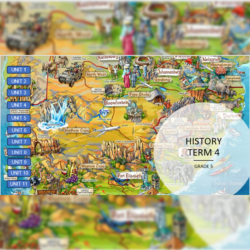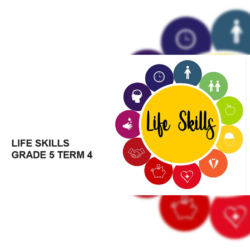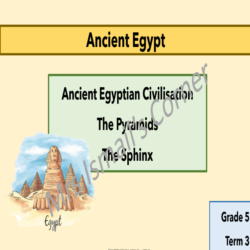Grade 5 NST (Term 1): Food chains, and the role of pollination
$3
Resource Description
The PowerPoint presentation covers food chains, and various illustrated examples are provided to show how they function. These include both marine and terrestrial systems, with holistic and engaging background information on the plants and animals (predator, prey, and apex predator) that form them. Plants, algae, seaweed, and plankton (What is Plankton? and, What eats plankton? is detailed), form the base of food chains on land and sea. Examples are given as to how damage to a part of a food chain has a knock-on effect, and the importance of pollination (with some details about different pollinators, and how pollination occurs: pollen produced by stamens must be deposited onto the stigma) and the role of plants in food chains is explained.
The .pdf contains enrichment information on how palaeontologists unlock information about past ecosystems and food chains.



 KES(KSh)
KES(KSh) USD($)
USD($) GBP(£)
GBP(£) GHS(₵)
GHS(₵) NGN(₦)
NGN(₦) MUR(₨)
MUR(₨) BWP(P)
BWP(P) AUD($)
AUD($) TZS(Sh)
TZS(Sh) INR(₹)
INR(₹) PHP(₱)
PHP(₱) AED(د.إ)
AED(د.إ)














































